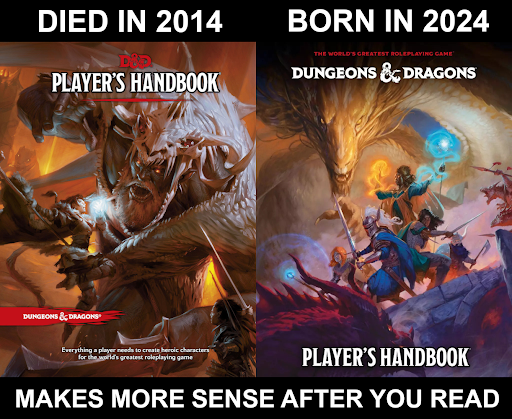SMOOSH JUICE
Patriarchal Pyramid

Patriarchal Pyramid
While writing my review of Leslie Feinberg’s Transgender Warriors, I sketched a model of patriarchal ideology and society. It can be read top-to-bottom as a model of patriarchal relations as they descend logically from its atomic social categories (comparable to Marx’s logical derivation of the money form, which has little to do with the historical genesis of money as a unit of account which already implies a socialization and valuation of labor), and bottom-to-top as a model of how patriarchal ideology arises from material relations upon which it imposes increasingly abstract social notions.
- Naturalization of sex as immutable essence.
- Enforcement of gender roles and expressions on the basis of sex.
- Institutionalization of sexism and heterosexuality.
- Enclosure and exchange of women within and between families.
- Assignment of women to domestic labor / social reproduction.
This is not new or insightful, but it helps me contextualize works I’ve read to understand on what level of abstraction they are viewing patriarchy (and how each level feeds up or down into more abstract or material dimensions). Imagine it as a pyramid. I have the following authors in mind:
- de Beauvoir, Simone. 1949. The Second Sex.
- Butler, Judith. 1990. Gender Trouble: Feminism and the Subversion of Identity.
- Davis, Angela. 1981. Race, Women and Class.
- Feinberg, Leslie. 1996. Transgender Warriors.
- Irigaray, Luce. 1979. This Sex Which Is Not One.
- Lerner, Gerda. 1987. The Creation of Patriarchy.
- Serano, Julia. 2007. Whipping Girl: A Transsexual Woman on Sexism and the Scapegoating of Femininity.
I don’t really want to point out the levels on which each author deals with patriarchy because, you know, dialectics etc. The levels don’t exist in isolation but constantly and mutually inform each other.
Popular posts from this blog
D&D Fifth Edition: Death & Rebirth
Hashtag OSRisOverParty, Hashtag RIPBozo, etc etc. The initial… “edition” of Dungeons & Dragons, Fifth Edition tried to present itself as a reactionary return to some ideal past paradigm of D&D —be it Third Edition to win back territory lost prior to Paizo’s Pathfinder , or an even older Gygaxian edition to get in the pants of the sort-of nascent OSR. Practically, this resulted in a final product that was like a simple Third Edition with dogwhistle-like nods to OSR conventions (since the play-style’s influence in the end was tenuous at best and mostly abandoned after the public test phase). It’s maybe more succinctly described as a people-pleasing game, with the caveat that people-pleasers don’t please anyone. So, how did it become popular? And how does the new 2024 not-edition reflect major differences between then and now, in terms of how D&D is perceived and played? This is my ramble. Sent from iPhone. Fifth Edition: Born in 2014 Of course, nobody plays D&D as …
Joshua E. Lewis & Publication Slop
Before I say anything else, I want everyone to know that Joshua E. Lewis is a terrible human being who (allegedly): Got dropped from his med school for cheating on his exams with a burner phone he left in the restroom and whose ringer he forgot to turn off because he’s (allegedly) really stupid. Misused travel funds meant for medical conferences to travel to vacation hotspots like New York City, Las Vegas, and others. Recruited gullible first-year students, who wanted in on his prolific reputation, to mass-publish slop articles with help from generative AI. Told his girlfriend that he was checking himself into a mental hospital while just exercising at the gym, and also cheated on his girlfriend with a Grindr account. Edited screenshots of conversations over text with another student whom he reported for harassment. Lied about both of his parents being plastic surgeons to garner influence on Instagram and real life. But this isn’t about Joshua E. Lewis. This is about every au…
Bite-Sized Dungeons
Workbook Now Available On Itch! Bite-Sized Dungeons by Traverse Fantasy Edit: This whole time, I said that a first level dungeon hoard had 100 times d6 gold pieces when it actually has just 10 times d6. This means the average hoard has an XP value of 70 without gems, or ~110 with gems. By extension, the eighteen-room dungeon only has 350 XP without gems, or ~550 XP with gems. That is downright dismal and I don’t think works out with modern play sessions and party counts, so let’s pretend it said 100 times d6 anyway. I just read an article by Yora of Spriggan’s Den about extrapolating a scheme for an eighteen-room dungeon from the procedural generation rules in B/X (1981) [1]. As Yora points out, eighteen rooms is a great size for a mid-to-large dungeon or for a floor of a multi-level dungeon, and the checklist of rooms makes it easy to make sure that the final product has a variety of interesting play interactions. But, being as large as it is, it can still be a tall order on the …
